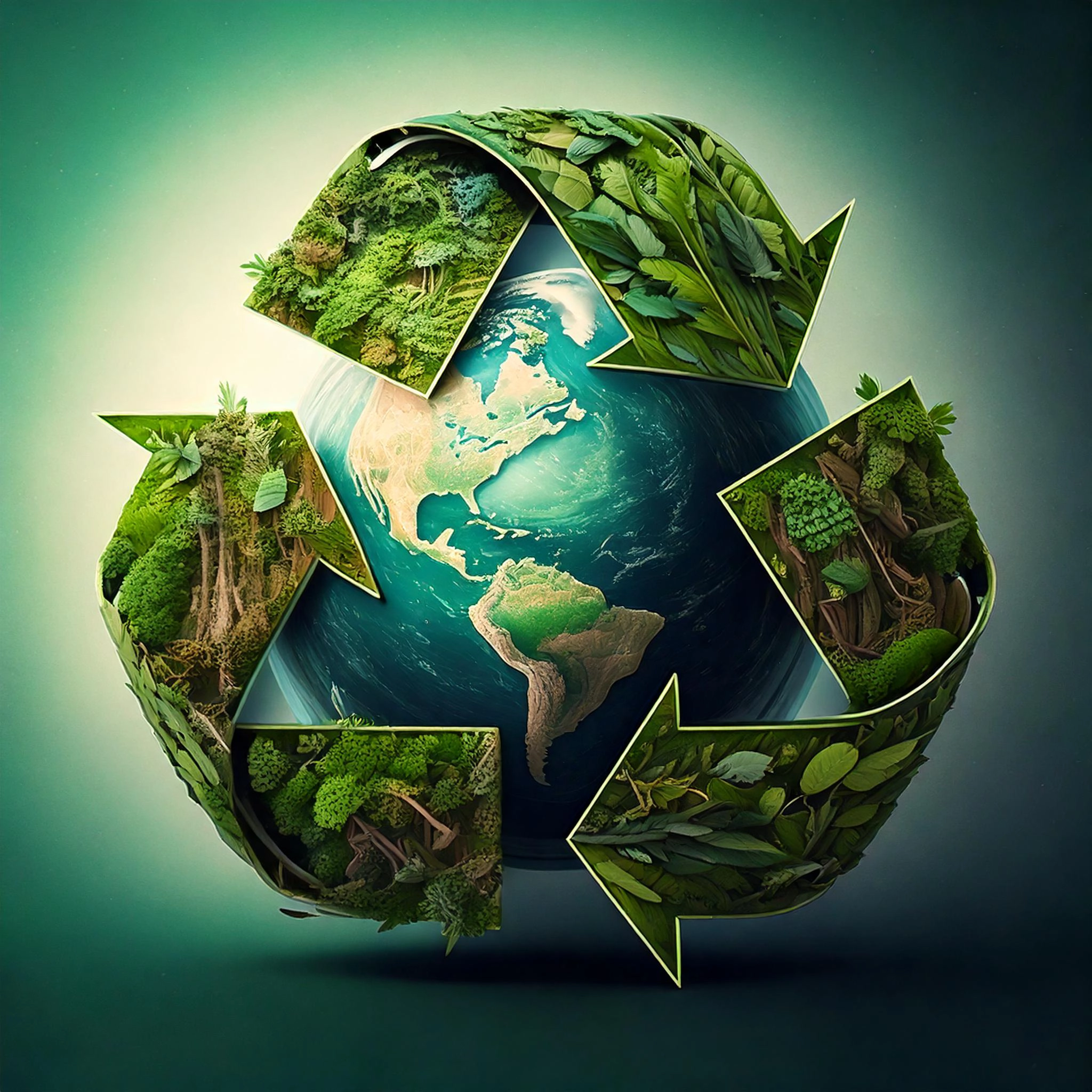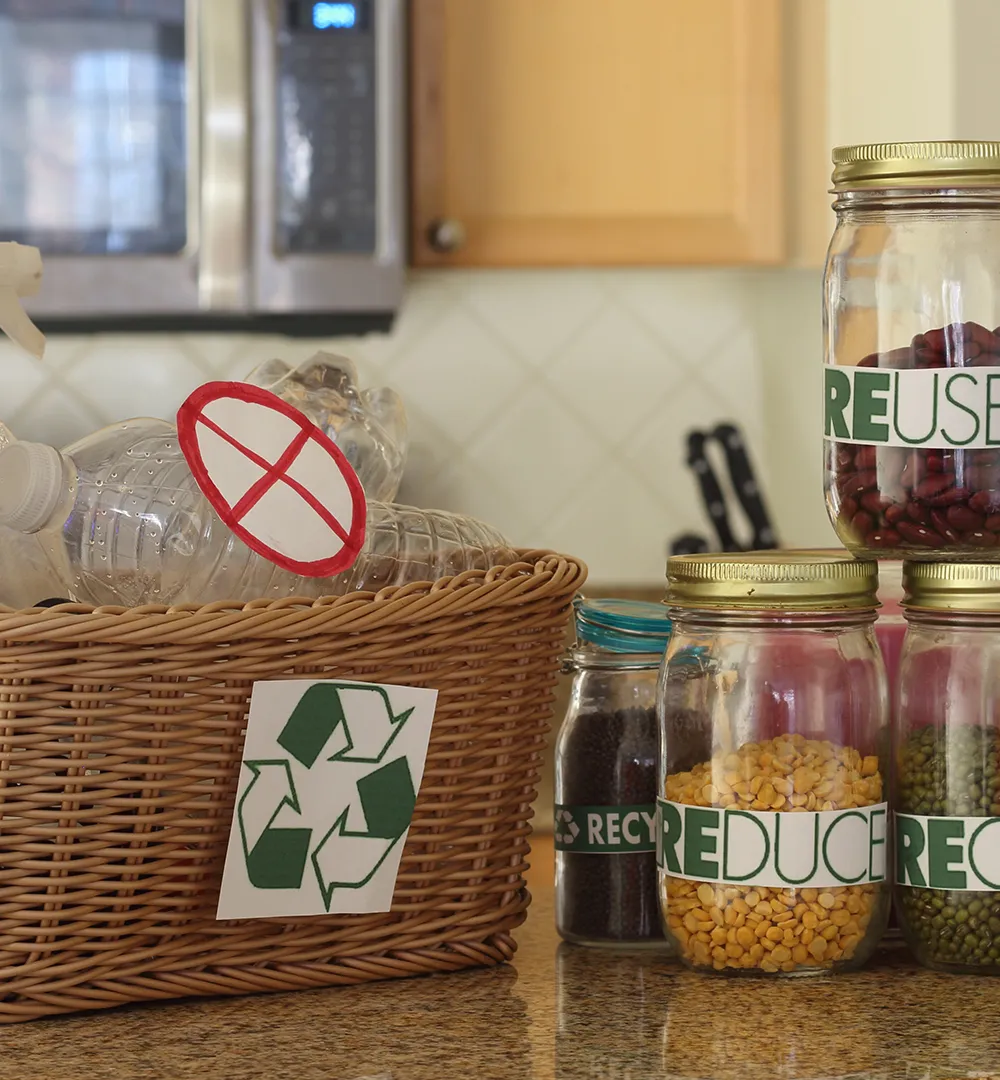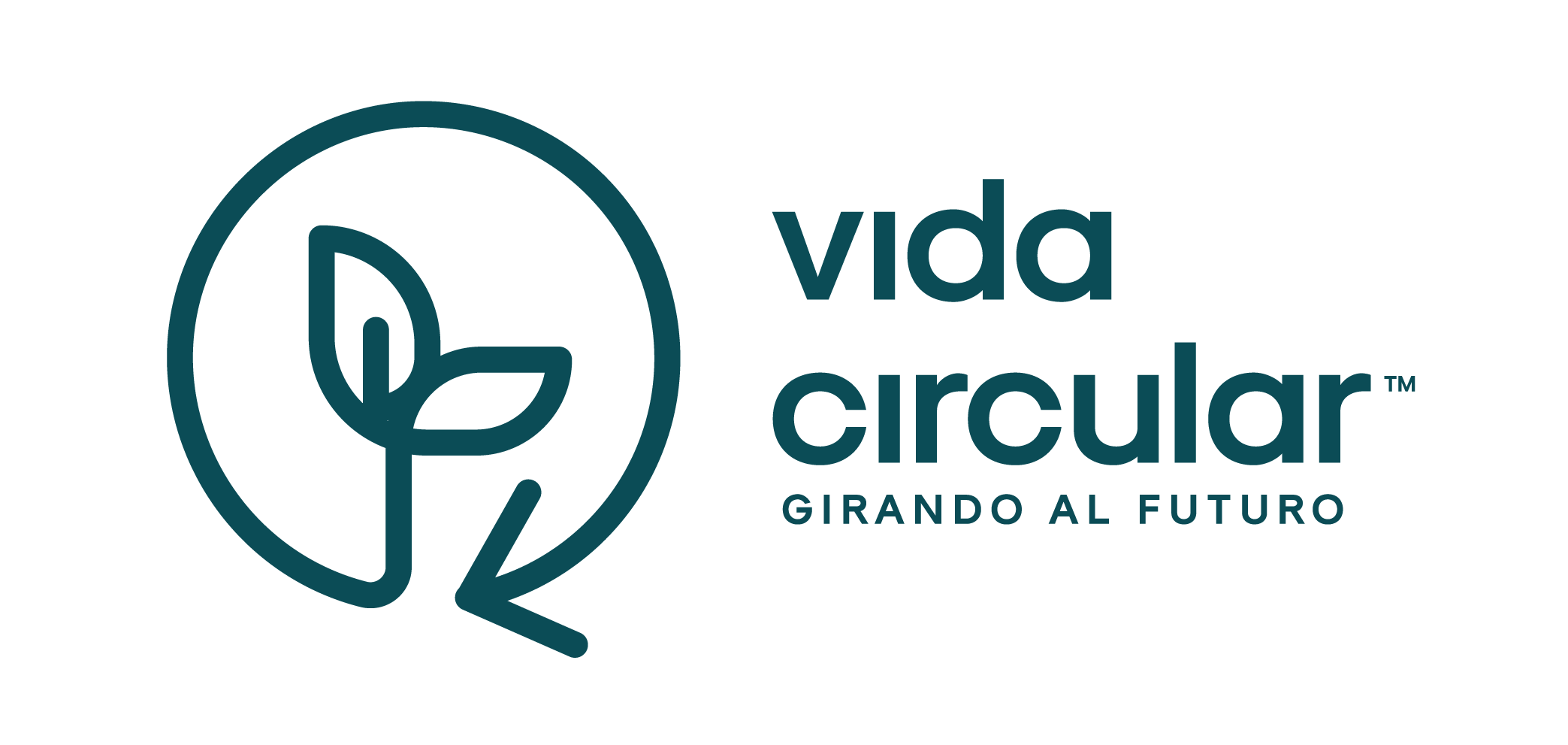

Have you ever wondered what happens to the products you use from the time they are manufactured until you throw them away?
The path these products take before they reach your hands, and what happens afterwards, is not only the responsibility of companies, but also has a direct impact on the planet. This is where eco-design comes into play, a way of creating products with their environmental impact in mind from the outset. According to the Circular Economy Action Plan for a Cleaner and More Competitive Europe (2020), 80% of a product's environmental impact is determined at the design stage. Many products break down too quickly, cannot be reused, repaired or recycled. Although eco-design is not something that consumers directly control, our decisions influence its implementation. And the best part is that we can be part of this change by supporting brands that are committed to sustainable design.
What is Ecodesign?
Ecodesign focuses on reducing the environmental impact of a product from its conception. This means designing products that:

Use recyclable or sustainable materials.
Require less energy for production and transportation.
Are easy to disassemble and recycle at the end of their useful life.
Generate less waste during their life cycle.
A common example of eco-design is packaging made from recycled materials or products designed to be reusable, rather than disposable. By optimizing production and resource use, ecodesign promotes a circular economy where waste is minimized.
Design guidelines for recyclability of packaging and containers
The recycling of plastics means a great saving of materials, energy and pollution reduction. However, in order to increase the amount of plastic waste that can be reincorporated into these new production processes, there are some basic elements that must be met, such as the fact that containers and/or packaging must comply with specific characteristics that allow them to be recyclable, that is, that they do not present barriers or technical inconveniences that prevent them from being recycled with current technology. To achieve this, the Association of Plastic Recyclers (APR) developed and published the first Design Guidelines for Recyclability, with the purpose of guiding all those involved in the design of plastic containers and packaging on the key elements that they must have to achieve a fully recyclable design.
What can the consumer do?
Although consumers are not directly involved in the design of products, their decisions can influence the practices of companies. Choosing products designed under eco-design principles is one way to support this strategy and encourage the adoption of more sustainable practices. Here are some simple steps consumers can take:

Research brands practicing eco-design
Many brands are embracing eco-design as part of their commitment to sustainability. Seeking information about companies that manufacture products with recycled materials or have responsible production practices is a good start.
Choose products with sustainable packaging
More and more companies are using packaging made from recyclable or biodegradable materials. Opting for products with this type of packaging not only reduces environmental impact, but also supports companies that strive to minimize waste.
Supports products designed to last
One of the characteristics of eco-design is durability. Well-designed products are made to have a long service life, reducing the need for frequent replacements. By opting for durable, quality products, you are also contributing to more sustainable consumption.
Inform your purchasing decisions
As consumers, we have the power to influence corporate decisions. Every time you choose a sustainable product, you send a clear message about the importance of eco-design and commitment to the environment.

The role of companies in eco-design
The true potential of eco-design lies in the hands of companies and designers. Companies such as ALPLA have embraced eco-design to create innovative and sustainable packaging that not only fulfills its function, but also reduces its environmental impact. From using recycled plastics to designing lighter packaging that requires fewer resources to transport, these initiatives are an example of how eco-design can transform entire industries.
Furthermore, eco-design is not only limited to physical products. It can also be applied to the creation of more efficient industrial processes, logistics systems that optimize the use of resources, and solutions that minimize waste generation from the design stage.
Transforming the future with eco-design
While eco-design is primarily the responsibility of companies and designers, as consumers we can do our part by supporting brands that promote these practices. Every time you choose a sustainable product, you are encouraging more companies to embrace eco-design and prioritize sustainable innovation.
Transforming the world with every action
Eco-design represents a future where products not only meet our needs, but also respect the limits of the planet. Do your part by choosing products designed for the future!

